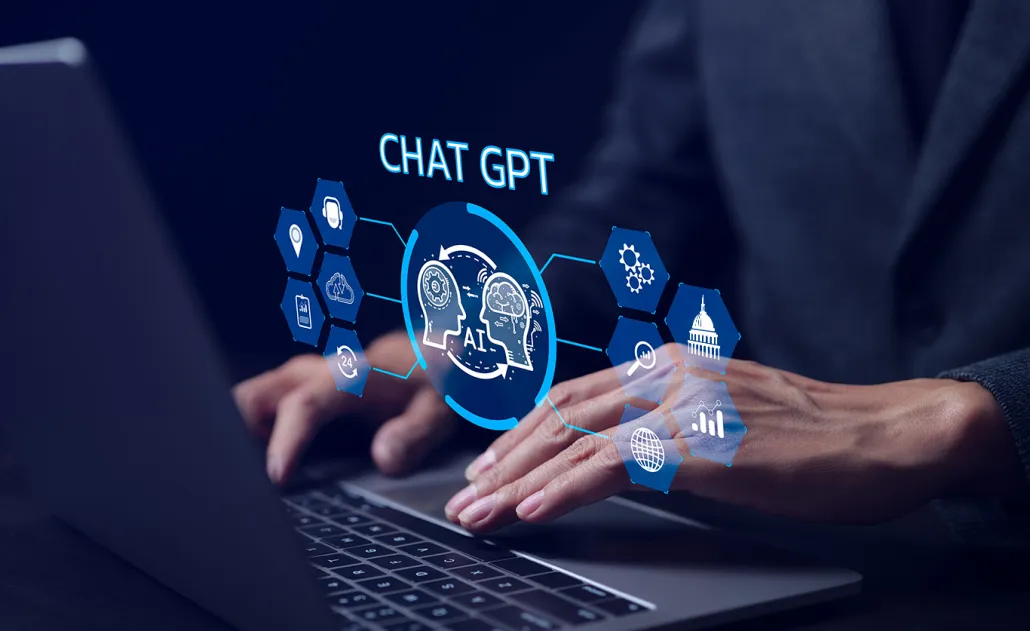Applying Large Language Models in Financial Services
Summary of a robust discussion on LLMs at Navigating Turbulence event.
Should I build my own ChatGPT? Applying Large Language Models in Financial Services
Last week Celent hosted an in-person event, Navigating Turbulence, in New York City. Great turnout with nearly 100 Celent clients attending. After great sessions on Digital Assets and ESG, we had a broad discussion on the risks and rewards of using Large Language Models (LLMs).
The discussion was one of the liveliest of the day. The technology has generated keen interest in the financial services community, much as it has in the general populace. The group raised and discussed some interesting questions:
Do I want to build my own LLM?
With the release of ChatGPT-4 in March, companies can now license the ChatGPT-3 models and a preview of ChatGPT-4 to build their own LLMs that combine the reasoning, natural language processing and knowledge base with their own data sets. Many FIs are already doing this. We discussed how Morgan Stanley is using an LLM to curate and disseminate its investment research. See Celent’s case study on this. Others mentioned BloombergGPT as well as FMG using one to write social posts for its investment advisers. A few participants said similar projects are underway or in the planning stages at their firms.
What LLM service should I use?
While most of the practical discussion focused on OpenAI’s ChatGPT, we also discussed competition from Google, Meta, Baidu and the open-source Hugging Face. Those lucky enough to have had a preview of Google’s Bard said it didn’t stack up to ChatGPT4. With regard to setting up an LLM, participants were wondering if they should wait for similar commercially licensed versions from these other vendors before undertaking a proprietary LLM.
This week, Google announced the launch of PaLM2, its newest LLM with improved reasoning and a broad set of languages. As envisaged, this version is available to developers to incorporate into proprietary LLMs that firms can update with their own data. Google also announced MusicLM. The “LM”and “GPT” suffixes are going to as ubiquitous in the Twenties as the “i” prefix was in the Naughts (iRobot, iHome, iBaby…)
What are the risks of using LLMs?
Most saw accuracy of responses as the biggest risk. Whether using the publicly available LLMs or a proprietary LLM, how can you trust the answer you are getting? There were humorous examples of ChatGPT hallucinations, but the room saw this risk as diminishing as newer versions of LLMs (like Bing’s) provide the sources for the answers they are giving.
A more concerning risk was losing control of data entered into LLMs when asking them questions. There were concerns about losing control of proprietary corporate data – we talked about Samsung’s putting valuable source code into the public domain when one of its engineers used ChatGPTs coding capabilities.
We also discussed concerns about losing control of Personal Identifiable Information (PII) data – what if an employee mistakenly includes customer PII in a question to a public LLM? Once data is input into Chat GPT, there is no way to delete it from the corpus. This makes ChatGPT non-compliant with the EU’s GDPR, as one of the core tenants of GDPR is individuals right to have all their data expunged from a company’s data base. This is why as of April 1, the Italian Data Protection Authority has banned the use of ChatGPT nationwide.
Other risks discussed included:
- Infringing on copyrights by using a base LLM trained on data it didn’t have rights to
- Violating SEC regulations if a generative AI chatbot is perceived to have offered advice
- More effective phishing emails without the grammar and spelling errors that are often a tipoff
LLMs in Risk and Compliance
Aside from business use cases, we discussed how LLMs could help automate workflows in risk management and compliance, like regulatory change management, operational risk / GRC, anti-financial crime (AML and fraud), conduct areas like market abuse and misselling, and cyber threat intelligence. The use of LLMs in sensitive risk areas will depend on working out the kinks—and for some sensitive use cases, on regulators accepting it.
What is the risk of disruption?
But perhaps the biggest risk is doing nothing at all. There were different points of view on whether Generative AI is an incremental or disruptive technology in financial services. The use cases to date in the industry are incremental – improving access to information and enabling advisors to be smarter. But just because we haven’t yet seen a disruptive use case in financial services doesn’t mean the risk of disruption is not real. The most obvious example is ChatGPT itself. Who would have thought that Google’s position as the undisputed champion of search could be challenged so suddenly and precariously?
Source: celent.com






